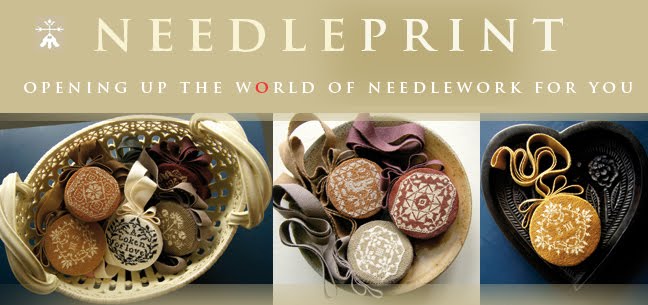 The stomacher, which was a part of fashion from the 16th to 18th centuries, was a central U or V shaped panel inserted or fastened onto the bodice of a dress by means of tabs to cover corset or undergarment lacings. Its purpose was to add structure and pzzazz to a gown. Many stomachers were moved from one gown to another, like a piece of jewelry. In fact in addition to elaborate embroidery, jewels sometimes embellished its surface.
The stomacher, which was a part of fashion from the 16th to 18th centuries, was a central U or V shaped panel inserted or fastened onto the bodice of a dress by means of tabs to cover corset or undergarment lacings. Its purpose was to add structure and pzzazz to a gown. Many stomachers were moved from one gown to another, like a piece of jewelry. In fact in addition to elaborate embroidery, jewels sometimes embellished its surface.
The polychrome hand embroidery of this English 1730 stomacher is executed in silk and bronze metallic floss on a ground of écru linen and is backed with linen.

By contrast this taffeta stomacher, hand-embroidered with silk polychrome floss, of roughly the same date (1720) is French. It has a more subtly tailored outline. Both items are for sale through Vintage Textiles.


I actually prefer the English decorative work. It is perhaps not as well defined and framed as the French, but seems more vibrant somehow.
ReplyDelete